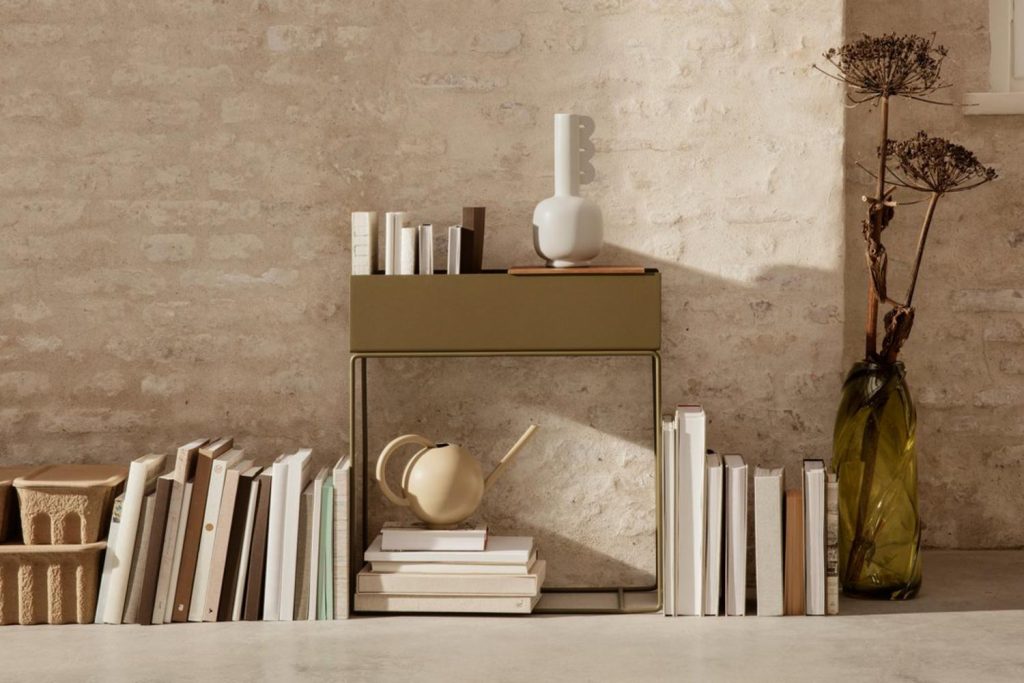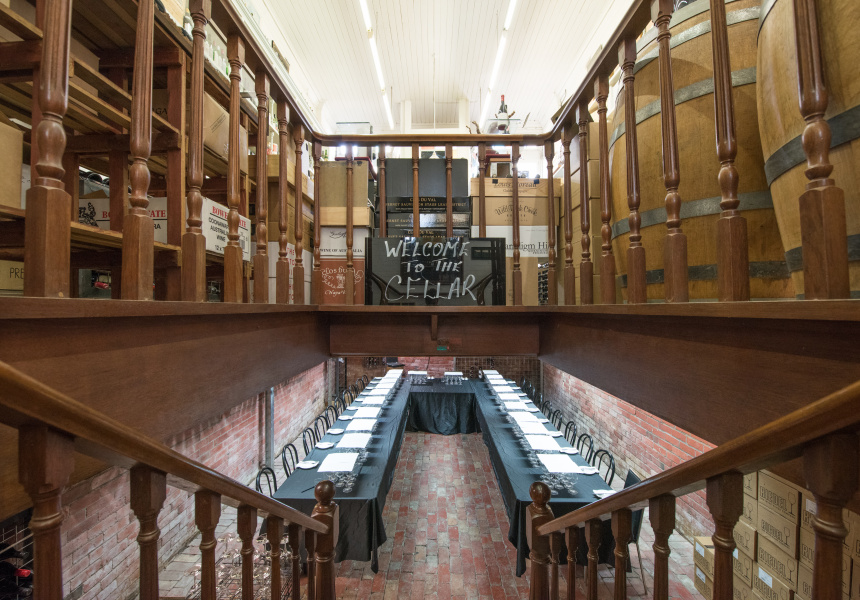Armadale has always been a drawcard for the well heeled. Unlike other salubrious suburbs that are only recently fashionable, Armadale, with its rich and adorned period home from the late 19th and early 20th centuries, has never been ‘shabby’. The boutiques lining High Street are also a ‘who’s who’ of Melbourne fashion, including Dion Lee, Lee Mathews, Megan Park, Et Al, and Zimmerman, just to name a few. Pavement alfresco dining includes women with crisp white linen shirts, broad-brimmed straw hats and espadrilles.
Likewise, stepping off at Armadale Station recalls a more genteel time, when shopping wasn’t simply a ‘smash and grab’, but a lingering pursuit that could take the best part of a day to complete. The well-known ‘Kings Arcade’, providing a link to the High Street stores, reflects this elegance. Built in 1893, in the Gothic style, it still includes a smattering of specialty boutiques, fashion and homewares. One of its most enduring stores is Market Import, five Victorian shop fronts that were united into one by founder Barbara Kenny. Established in the 1970s, Kenny (no longer the proprietor) was the first to import Marimekko fabrics (popular in the 1960s and ‘70s) into Australia. While Marimekko still features in the store, so do the brightly coloured ceramics that lift the spirits in many holiday houses.
However, while the High Street shopping strip is a drawcard for locals and those from further afield, this neighbourhood also contains a number of architectural gems. Take the Glenunga Flats, for example, located at 2 Horsburgh Grove, (just off Kooyong Road). Designed by architects Frederick Romberg and Mary Turner Shaw in 1940 these four flats originally contained four rooms each. However, the present owner has combined a couple of these apartments. While many of the contemporary buildings of this time followed the International Style, with its sharp streamlined balconies, Glenunga sought a more textured and softer approach. A striking blade wall, made from Castlemaine stone, features on the front façade. Romberg also used this treatment, known as the ‘European Chalet Style’, when he designed his own home in Eaglemont a year later. Those who appreciate Romberg’s work in the post-war period will also understand the importance of Clendon, designed between 1939 and 1940. Located on the corner of Clendon and Malvern roads, these modest abodes furthered the architect’s interest in geometric forms.
Those who appreciate architecture from a decade or so before will warm to architect Harrold Desbrowe Annear’s Sallman House at 104 Kooyong Road. Designed in 1922, and recently renovated and extended by designer Luke Middleton, the front porch, complete with its beautiful leadlight windows, is now a delightful sunroom (orientated to the north and west). Kay & Burton sold this home in March this year, hopefully to buyers who appreciate the significance of living in a Desbrowe Annear, considered at the forefront of modernism in Australia.
Armadale has in its midst some of the finest period homes in Melbourne. Take the time to walk around Rose Street, or Royal Crescent (off Kooyong Road), or divert into Murray Street, Mercer Road or Huntingtower Road. If you prefer the finest in contemporary architecture, take a detour down Hampden Road. On the bend of the road, you’ll see a recently completed home by b.e Architecture. Given the ‘gong’ as being in the top 10 contemporary homes in Victoria (on Channel 7’s Australia by Design), this granite ‘palace’ appears to have been chiseled out of its site. Those fortunate to have visited or seen this monumental pile on television will recall the vanities in the ensuite bathrooms, carved and beautifully honed from the one piece of granite.
While trams, trains and buses service this salubrious neighbourhood, the best way to really discover the gems within is by foot!
Some of our other favourite restaurants within Armadale include:



Some of our other favourite boutiques within Armadale include:








